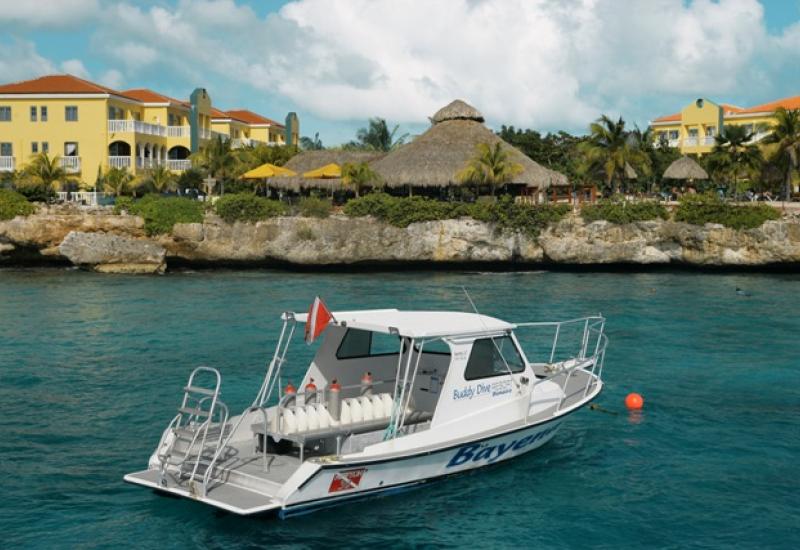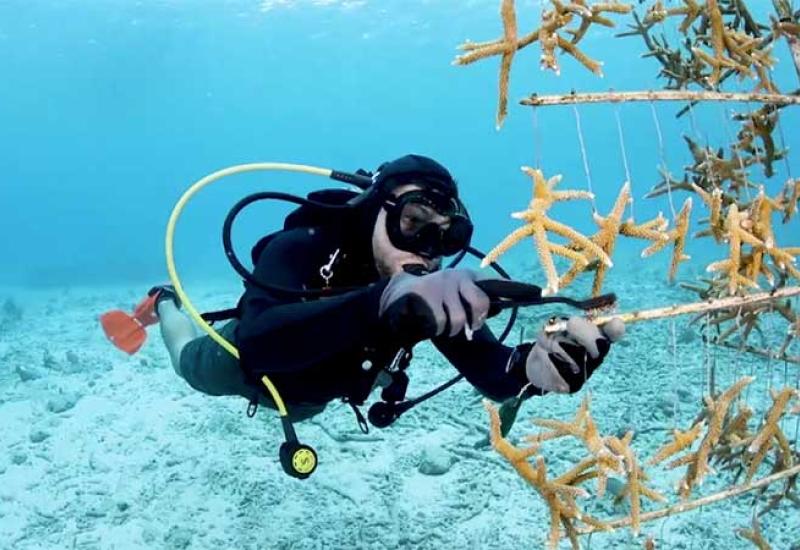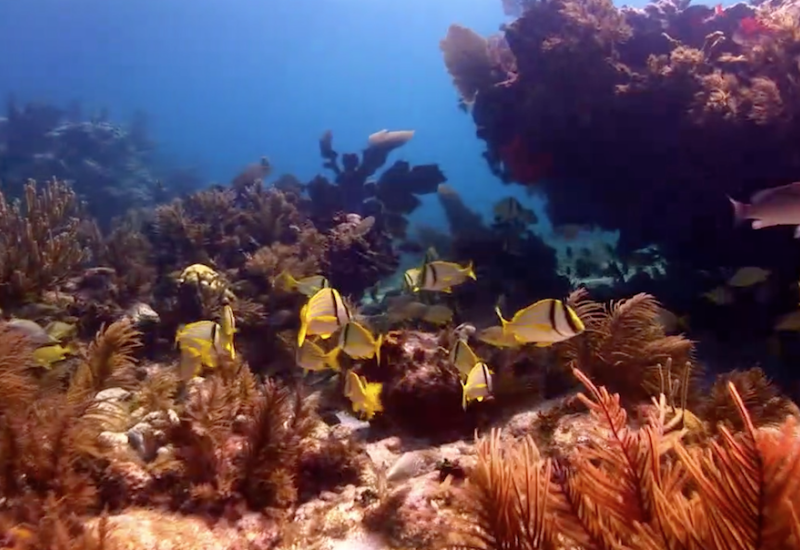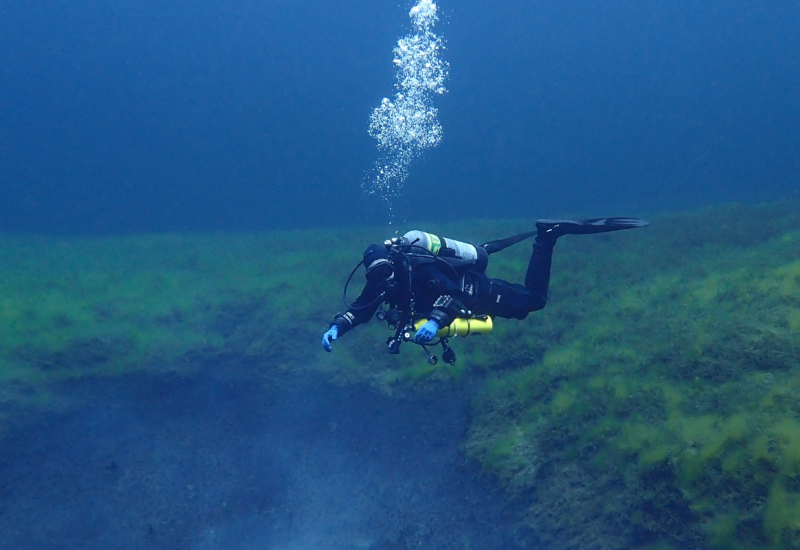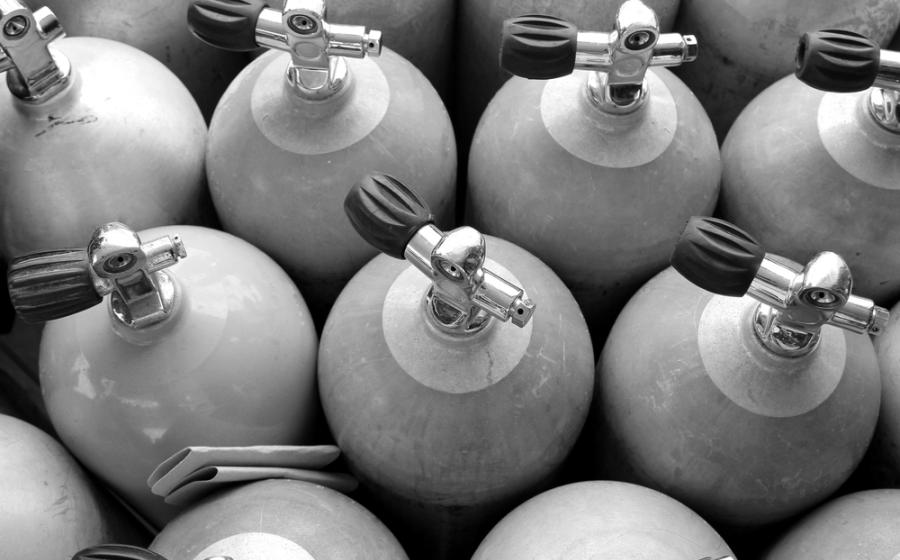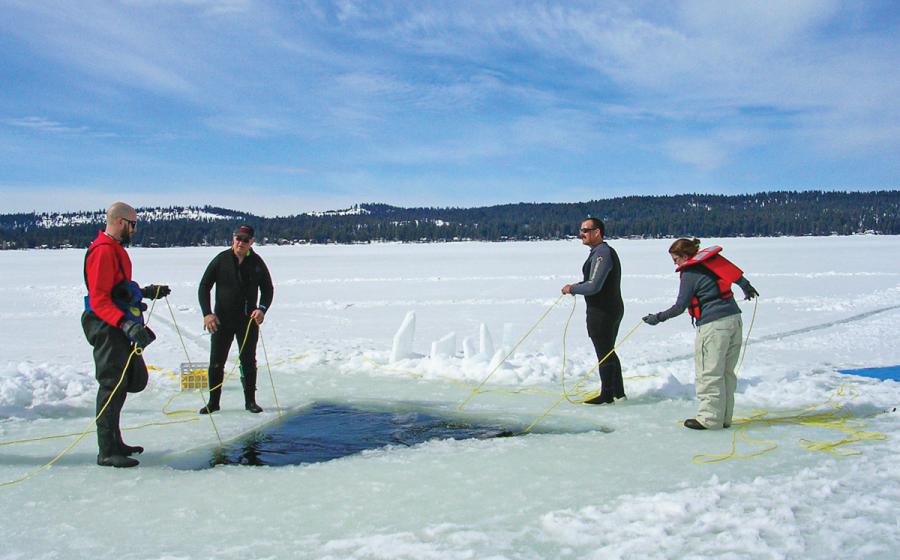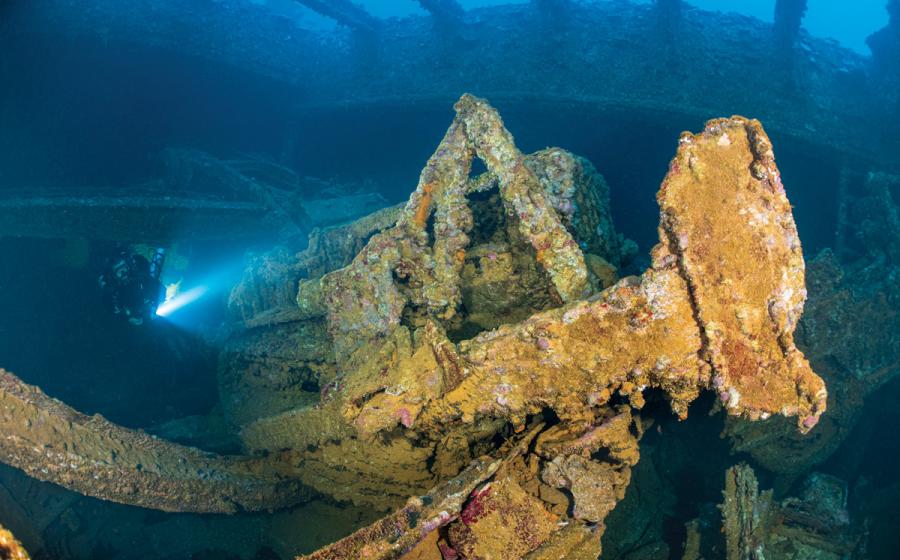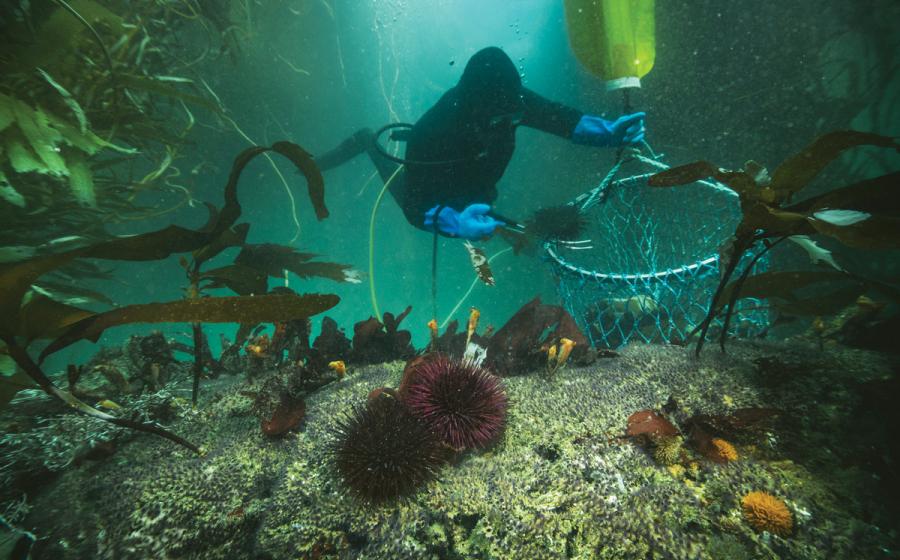How Getting Certified in Hawaii Changed this Diver’s Life
An open water scuba certification is a ticket to dive all over the world, but the certification process is not always one-size-fits-all.
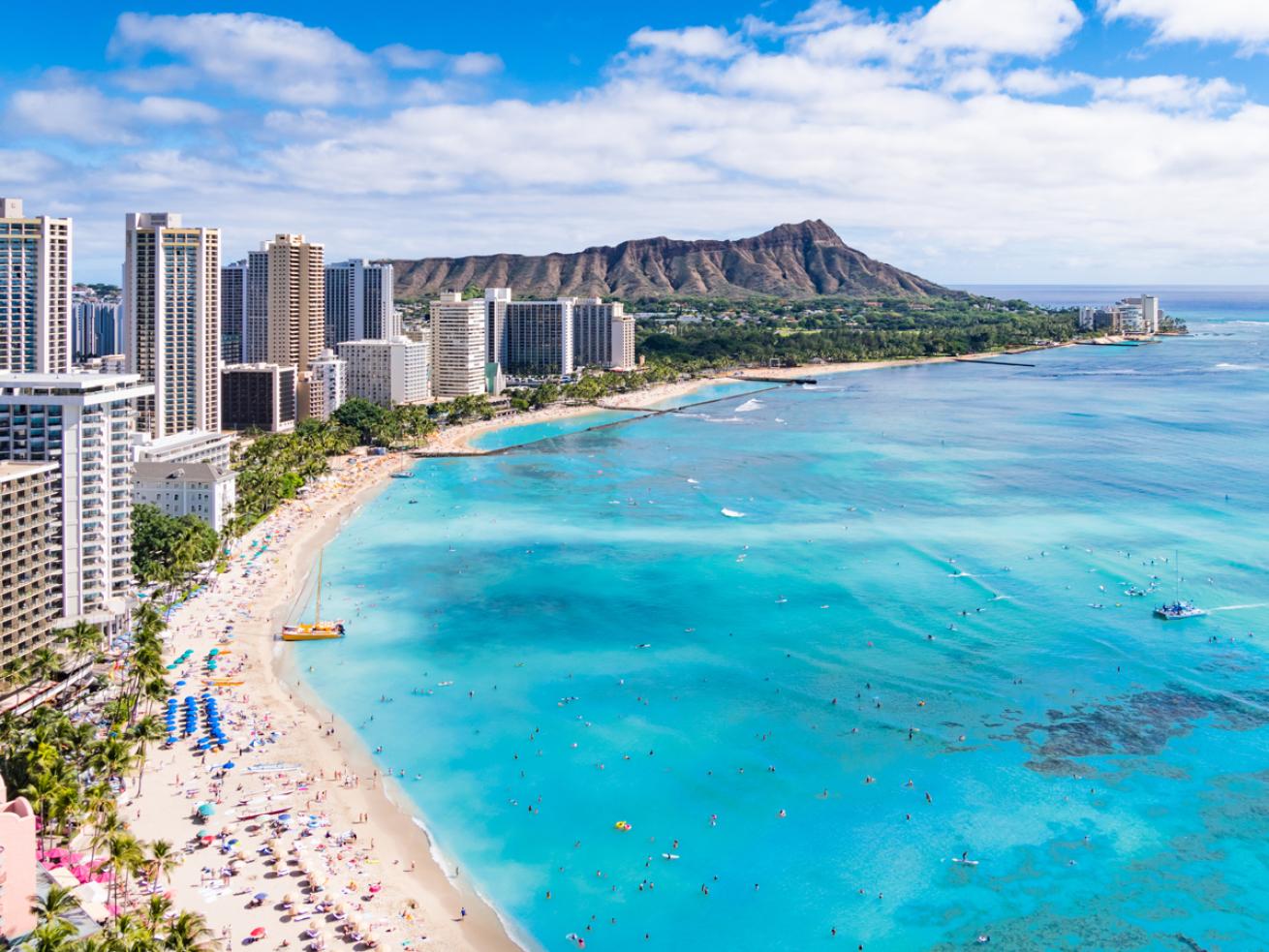
Courtesy okimo/Shutterstock.comWaikiki Beach and Diamond Head Crater.
When Nushaw Ghofranian was a teenager, she signed up to take a scuba diving course through her high school’s P.E. program. As she neared the end of the course, diving in the cold waters of California became less and less appealing. “I chickened out on the shore dive because it was too cold for me!” Ghofranian recalls. But she knew she still wanted to complete her dive certification.
Fast Forward sixteen years and Ghofranian found herself planning a trip to Oahu. Having visited Hawaii as a child, it was the first place she felt a deep connection to the ocean and she figured the best way to connect on her next visit would be to go scuba diving. Ghofranian decided to face her fears and take the plunge — after completing her eLearning and initial course work with a local dive instructor in Southern California, Ghofranian set her sights on finishing her dives in Oahu. Local operator Dive Oahu is no stranger to teaching open water certifications of this kind. In fact, Dive Oahu regularly receives requests to complete or start a certification course while on vacation.
Two days of diving on the Anger Management at sites like Mario World and the Navy Tug, and mastering her buoyancy skills with none-other-than-Dive Oahu owner Brian Benton and Ghofranian was able to call herself certified.
Her reward? Diving a shipwreck as her first post-certification dive. “After I completed my open water certification... I dove down to the Navy Tug shipwreck and swam with schools of fish and was in awe. From that moment, I was hooked and my fears went away.”
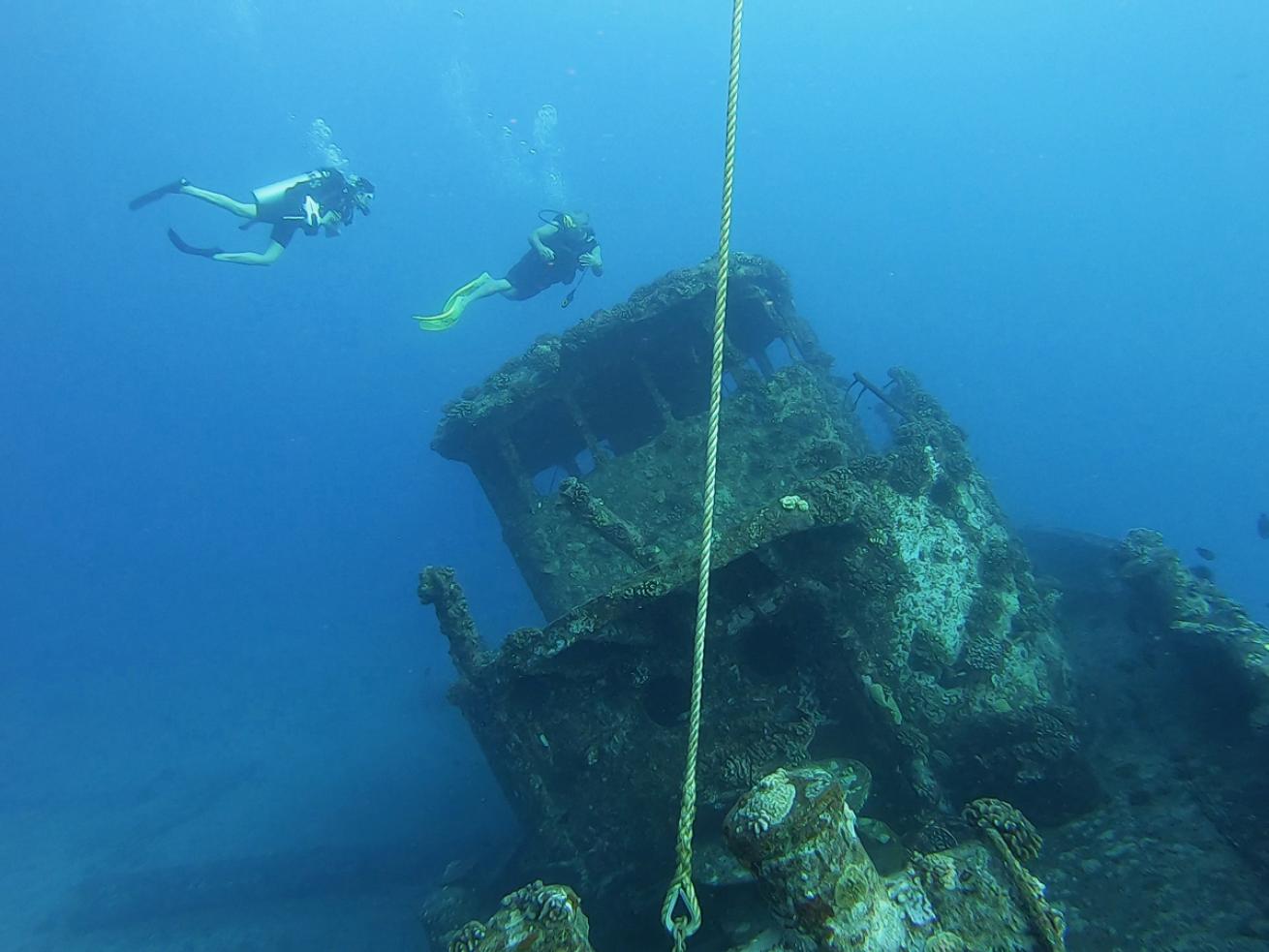
Becca HurleyGhofranian is lead by her dive guide on a tour of the Nashua Navy Tug dive site.
When asked if she would choose differently if she had to be certified again, Ghofranian had only positive things to say about her decision. “I found the eLearning to be very user-friendly — I was able to complete the course on my schedule.... I also loved completing my open water dives in Hawaii because the visibility was excellent and the water was warm. I also swam with sea turtles on my first open water dive.”
Ghofranian can’t wait for her next trip and plans to sign-up for her advanced open water certification on her next vacation. “For me, a destination with warm water is important since it requires less gear.”
This certification experience can be easily replicated nowadays. eLearning course offerings make it easier than ever to complete your open water coursework on your time, from anywhere in the world. Once you’ve completed the online course and received a passing score you get to decide where to complete the open water portion. Many divers opt for their local dive shop, but that’s not the only option. As Ghofranian proved, the warm waters of Hawaii might be worth waiting for. Since open water, checkout dives can typically be completed in two to three days, it’s simple to add on to an existing trip or to plan your next vacation around getting scuba certified.

